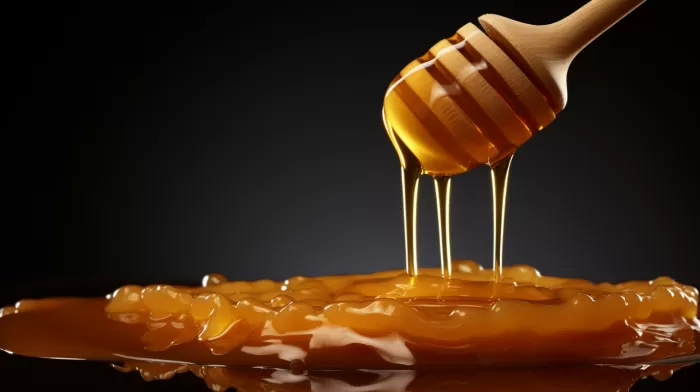Honey, particularly manuka honey, has been treasured for thousands of years due to its valuable health benefits. It contains numerous essential antioxidants, enzymes, and antibacterial properties, which make it effective for both internal and external use. However, with the growing threat of antibiotic resistance and the rise of superbugs such as MRSA (methicillin-resistant Staphylococcus aureus), the potential therapeutic uses of honey have become even more significant.
A Closer Look at Manuka Honey
Manuka honey, a unique type of honey, is harvested from the manuka tree or tea tree native to New Zealand. The oil derived from tea trees has long been praised for its powerful therapeutic effects, including antimicrobial properties and the treatment of several skin conditions.
Raw honey, when used externally, contains an antiseptic substance called inhibine that may help prevent infection. Manuka honey possesses an exclusive substance, methylglyoxal, which has exceptional antibacterial activity. The honey’s antibacterial properties are unaffected during the commercial pasteurization process and regular consumption of it can improve your overall health.
Manuka Honey and MRSA
Microbiologist Rose Cooper at the University of Wales Institute led a study examining the effects of manuka honey on drug-resistant germs. The laboratory results revealed that the honey was effective in fighting off specific germs, including MRSA.
MRSA, a highly resistant form of staph infection, originated from the common bacteria found on most peoples’ skin and on various surfaces. For individuals with weakened immune systems, S. aureus can lead to severe infections, such as skin or wound infections, pneumonia, and infections of the blood. The overuse of antibiotics has contributed significantly to MRSA, which is now challenging to eradicate.
Synergy with Antibiotics
A more recent study highlights that when manuka honey is used alongside the antibiotic Rifampicin, it offers synergistic benefits against MRSA. This combination effectively prevents the growth of rifampicin-resistant Staphylococcus aureus, a specific strain of MRSA bacteria. The results also suggest that other components in the honey contribute to these effects, not just the main antibacterial component, methylglyoxal (MGO).
Honey for Infectious Diseases
Honey has shown promising results for the treatment of gastrointestinal issues, skin and wound healing, and infections in a variety of studies. Nevertheless, honeybee populations have declined dramatically in recent years due to “colony collapse disorder.” The increasing use of harmful pesticides, such as neonicotinoid pesticides, may be causing the death of bees, endangering our food supply and the environment. Avoiding these pesticides is crucial for the health of bees, humans, and the planet as a whole.
Other Potential Superbug Solutions
Scientists are tirelessly seeking new drug solutions to combat the escalating superbug epidemic. Natural plant compounds like Elsholtzia rugulosa (an herb used in Asia to make tea), Polygonum multiflorum (the herb fo-ti), oregano, rosemary, grapefruit seed extract, and goldenseal are all renowned for their antibacterial effects and have demonstrated effectiveness against MRSA.
Honokiol, a potent compound extracted from the bark of the Magnolia officinalis tree, has shown antimicrobial effects against various harmful organisms, including MRSA. Research suggests that honokiol can also potentially overcome drug resistance and increase the effectiveness of certain standard drug treatments. In addition, honokiol is a powerful anti-inflammatory, anti-cancer, neuroprotective, and anti-anxiety agent, providing numerous benefits for a wide range of health conditions.
With the integration of manuka honey and natural herbs like honokiol into conventional drug treatments, there is potential to develop a powerful arsenal of targeted solutions to face some of the most significant health challenges of today. For more health and wellness information, visit www.dreliaz.org.



